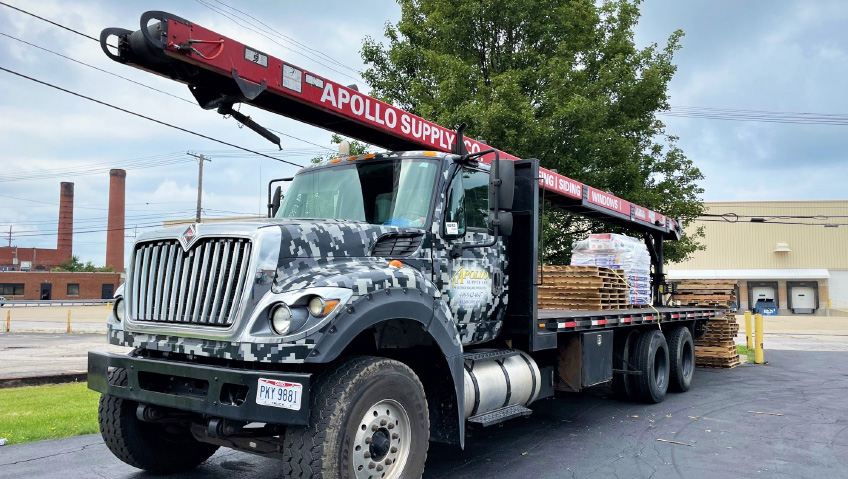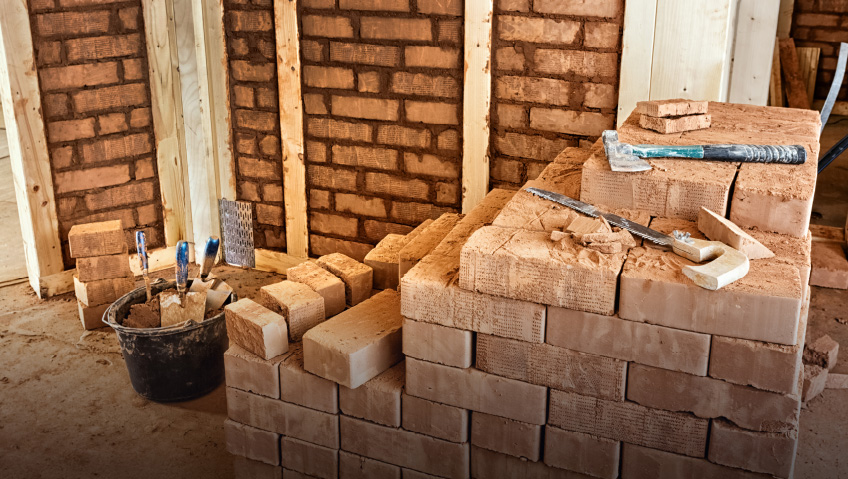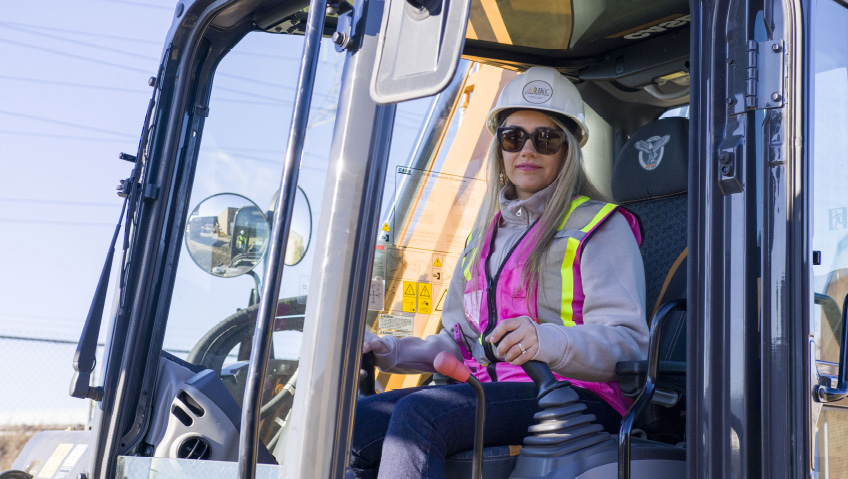As climate change concerns continue to escalate, the future of new development lies in embracing net zero buildings, designed to be extremely energy-efficient and to use only as much energy as they generate over the course of a year. Smart home technology, renewable energy sources, and innovative building techniques are all vital in the quest to help reduce the need for fossil fuels and minimize greenhouse gas emissions, both of which will help create a more sustainable future.
While the construction industry hasn’t always been welcoming to the idea of going green by adopting new building materials and procedures, today it is a much more accepted and common practice, as both business owners and homeowners alike are actively searching for sustainable solutions. Additionally, with net zero goals being put in place by both the Canadian and American governments, the time to make those changes is now. In fact, the Canadian government has pledged to achieve net zero emissions by 2050, codified in law by the Canadian Net-Zero Emissions Accountability Act, which went into effect in June 2021. As the government strives to meet its goals, the Act guarantees accountability and transparency, mandating that the Government of Canada’s activities be guided by independent counsel and public participation.
The 2030 Emissions Reduction Plan builds on the initiatives in Canada’s strengthened climate plan and the Pan-Canadian Framework, incorporating feedback from Indigenous Peoples, provinces, territories, the Net-Zero Advisory Body, and interested Canadians regarding what is required to meet the Paris Agreement’s goal of reducing emissions by 40 to 45 percent from 2005 levels by 2030.
In order to assist Canada in its goal to reach net zero emissions, the private sector is crucial. To that end, the Net-Zero Challenge was started by the Canadian government to incentivize companies doing business in Canada to create and carry out reliable and efficient plans to convert their operations and facilities to net zero emissions by 2050. The private sector has responded impressively so far, with participating businesses of all sizes from a wide range of industries, including construction, heavy industry, energy, transportation, information technology, retail, and more. In addition to encouraging innovation, exhibiting corporate responsibility, and guaranteeing their long-term competitiveness in a decarbonizing global economy, companies are acting today to protect Canada’s environment for everyone’s future.
The Canadian Home Builders’ Association itself has recognized the importance of this initiative, launching several programs to help with net zero projects. Its CHBA Net Zero Home Labelling Program gives customers and the industry rigorous, well-defined, two-tiered technical criteria identifying builders and renovators that provide net zero and net zero ready homes, labelling hundreds of properties across the country. In order to create homes that are reasonably priced, replicable, and aesthetically pleasing to Canadians, the CHBA Net Zero program is developing methods, technologies, and solutions for constructing net zero energy ready and net zero energy multi-unit residential buildings (MURBs) in partnership with Natural Resources Canada.
Energy-efficient goods and materials, best practices in building science, and efficient financing mechanisms are all necessary for the successful completion of affordable and cost-effective net zero/ready renovations, and the CHBA is accepting applications for a Net Zero Reno Pilot to assist industry in achieving this goal.
The United States, as well, is on board with striving for net zero, with the government’s definition of net zero buildings being finalized by the U.S. Department of Energy as of June 6, 2024.
Since buildings account for a third of emissions in the U.S. and up to 75 percent of emissions in metropolitan areas, local, state, and federal governments typically include a target for building emissions when defining climate goals. The strictness of regulations, such as energy codes and other policies like Building Performance Standards (BPS), varies greatly between jurisdictions. Jurisdictional regulations can be brought into alignment and gradually moved toward the same goals with the support of a single federal net zero definition that establishes an end goal and minimum efficiency standards for both new and existing buildings.
When it comes to existing buildings, retrofits for properties that currently use fossil fuel systems are frequently more complicated than simply replacing one piece of equipment with another, meaning it might be necessary to replace the entire system and upgrade or replace the expensive and intrusive infrastructure, including the power supply, ducting, and pipes. A clear objective that addresses several building system components, such as fuel consumption and direct and indirect efficiency, will serve as a guide for long-term capital planning.
An ambitious roadmap to reach the goal of net zero emissions buildings by 2045 is outlined in President Biden’s Executive Order 14057 on catalyzing American clean energy industries and jobs through Federal sustainability and the accompanying Federal Sustainability Plan. In order to electrify systems, minimize energy and water usage, and cut waste, the Federal Government will work on new building construction, major renovations, and existing property. Based on the nature of the agency’s building portfolio and leading performance benchmarks for building type categories, federal agencies will establish aggressive, data-driven 2030 goals and yearly targets for energy and water savings. The Federal Government will also employ performance contracting as part of its approach to save money while modernizing facilities, lowering emissions, and increasing efficiency.
It’s an ambitious undertaking, and one with rules and guidelines that change rapidly, so it’s important for builders to stay on top of what’s being mandated, pivoting and adjusting to ideas as they’re incorporated into building codes and best practices.
Indeed, many people who operate in the field are finding it difficult to keep up with the quick changes in the landscape, according to Building Excellence. In order to satisfy new demands, builders are also looking to manufacturers to innovate and provide affordable, user-friendly solutions. And the modifications must be understood by municipalities and their inspectors, who must in turn apply and examine them consistently.
CHBA is working at several levels to overcome these challenges and assist builders in navigating the developing science by carrying on with the crucial work on proposed codes and standards, ensuring they’re feasible and economical, and by adding new voluntary guidelines on emissions and resilience to the CHBA Net Zero Home Labelling Program.
Although energy efficiency has been the driving force behind many recent code modifications, Canadian builders have historically aimed to provide the highest-quality homes. The creation of CHBA’s Net Zero Council in 2014 was spurred by members who were enthusiastic about developing new ways to voluntarily supply higher performance homes, and supporting members who voluntarily pursue net zero energy performance was—and continues to be—its goal. Members of the Council learn from one another and give their companies a competitive edge by sharing innovations, new building techniques, and lessons learned.
Creating the CHBA Net Zero Home Labelling Program, which was piloted in 2015, was one of the Council’s main projects, and since then, almost 2,000 residences—including newly constructed attached and detached single-family homes, multi-unit residential buildings (MURBs), and renovation projects—have received labels. In order to acknowledge net zero and net zero ready homes, as well as the builders and renovators who deliver them, the program offers the industry and consumers strict, well-defined, technical requirements.
Since technology and the industry as a whole still have a way to go before they can build high-performance homes without negatively impacting housing affordability, CHBA continues to stress in its advocacy to the federal government that building to net zero performance standards should remain voluntary. Nonetheless, the codes’ energy efficiency criteria are becoming increasingly rigorous; by 2030, the national model code is anticipated to reach net zero ready performance levels.
It may seem a daunting task, but it is a necessary one nonetheless. Whether through the use of low embodied-carbon materials, highly efficient building envelopes with superior insulation, optimized HVAC systems, integration of renewable energy sources such as solar panels, smart building controls, advanced lighting systems, or a focus on minimizing energy consumption through design strategies like passive solar heating and natural ventilation, these are all potential, practical, and vital solutions for reaching the net zero goals set out by governments across the continent and beyond.






